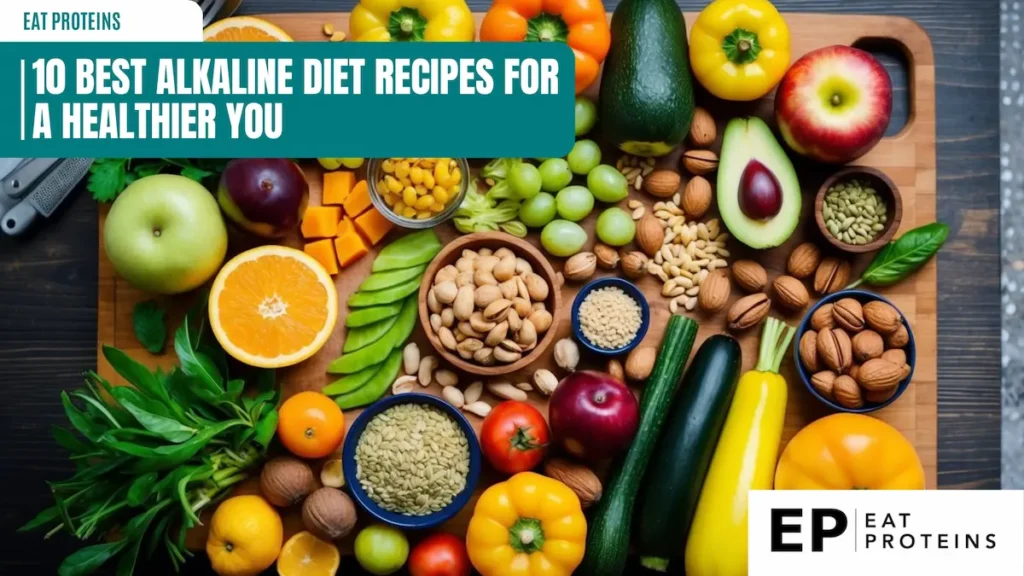
I have often explored the benefits of the alkaline diet, which focuses on balancing the body’s pH through foods. Many people turn to this way of eating for its potential health advantages, including increased energy and better digestion. By incorporating alkaline recipes into my meals, I can enjoy delicious dishes that support my overall well-being.
In this article, I will share my top ten favorite alkaline diet recipes. These recipes not only taste great but are also simple to prepare. Making small changes in my diet with these options can lead to healthier eating habits and improved nutrition.
1. Quinoa & Vegetable Salad
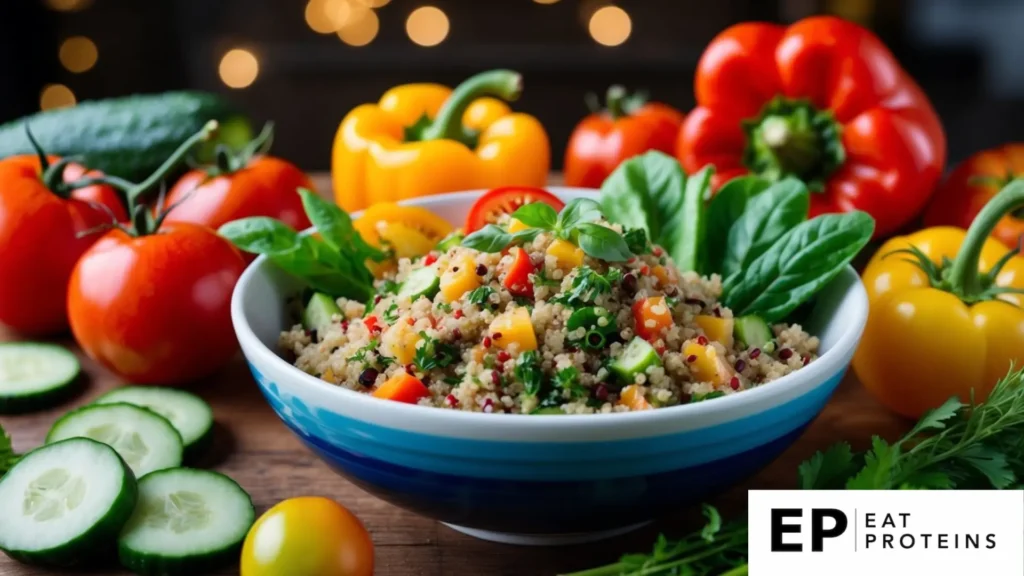
Quinoa is a nutritious grain that is high in protein and fiber. It is also alkaline-forming, making it a great choice for an alkaline diet. I enjoy making Quinoa & Vegetable Salad because it’s easy and quick to prepare.
To make this salad, I start by cooking the quinoa. I use 1 part uncooked quinoa to 2 parts water. I bring the water to a boil, add the quinoa, and simmer for about 15 minutes until it’s fluffy.
While the quinoa cooks, I chop a mix of colorful vegetables. My favorites are bell peppers, cucumbers, and cherry tomatoes. These add a variety of flavors and nutrients.
After the quinoa has cooled, I combine it with the chopped vegetables in a large bowl. I then dress the salad with olive oil, lemon juice, salt, and pepper to taste. This light dressing enhances the flavors without overpowering them.
Finally, I like to let the salad chill in the fridge for 30 minutes. This helps the flavors meld together. This salad is perfect as a side dish or a light meal all on its own.
2. Almond-Crusted Tofu
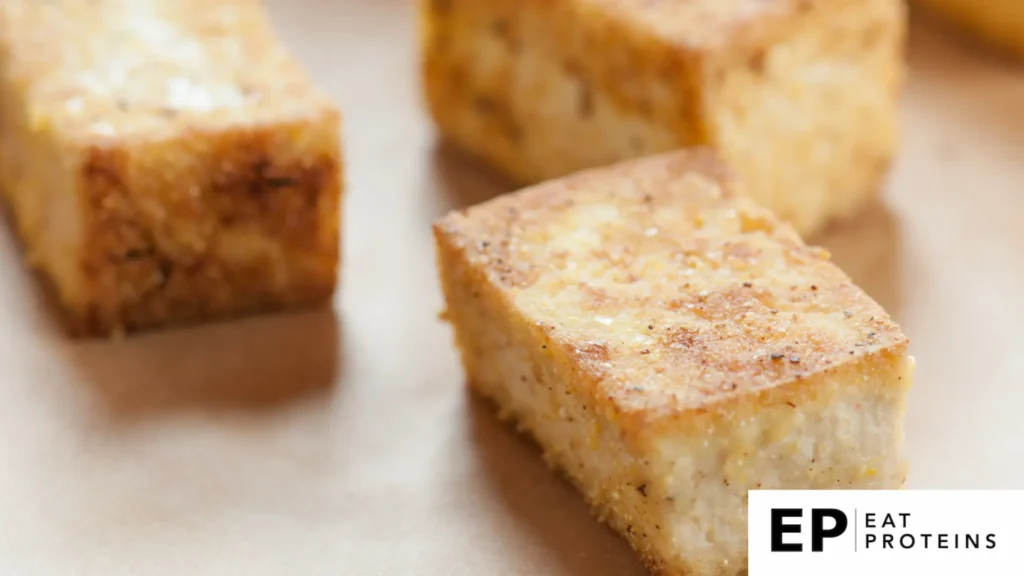
Almond-crusted tofu is a delicious and healthy dish that suits an alkaline diet. Tofu is a plant-based protein that absorbs flavors well. Almonds add a crunchy texture and nutritious benefits.
This recipe is easy to make. I can prepare it in about 30 minutes. Here are the simple steps I follow:
- Preheat the oven to 400°F (200°C).
- Press a block of tofu to remove excess moisture, then cut it into slices.
- In a bowl, mix ground almonds, salt, and any spices I prefer.
- Dip each tofu slice into almond milk, then coat it with the almond mixture.
- Place the coated tofu on a baking sheet lined with parchment paper.
- Bake for 25-30 minutes, flipping halfway through for even crispiness.
I find this recipe satisfying and packed with flavor. It pairs well with a side of steamed vegetables or a fresh salad.
3. Kale & Avocado Smoothie

I enjoy making a Kale & Avocado Smoothie because it is simple and healthy. This smoothie is packed with nutrients from both kale and avocado, which are good for my body.
To prepare this smoothie, I use the following ingredients:
- 1 cup fresh kale leaves, washed and chopped
- 1 ripe avocado, pitted and peeled
- 1 medium banana
- 1 cup almond milk or water
- 1 tablespoon honey or maple syrup (optional)
Making this smoothie takes just a few steps. First, I add the kale, avocado, banana, and almond milk into a blender.
Next, I blend everything until smooth. If it’s too thick, I can add a little more almond milk or water.
Finally, if I want a touch of sweetness, I add honey or maple syrup and blend again.
This Kale & Avocado Smoothie is ready to enjoy immediately. It’s a great way to start my day or a healthy snack anytime.
4. Zucchini Noodles with Pesto

Zucchini noodles, also known as “zoodles,” are a healthy alternative to traditional pasta. They are low in carbs and calories while being high in nutrients. I enjoy making this dish because it’s simple and quick.
To prepare zucchini noodles, I use a spiralizer or a vegetable peeler. This creates thin strands that resemble spaghetti. Zucchini cooks quickly, so I can have this meal ready in under 15 minutes.
Here’s how I make it:
- Spiralize 2 medium zucchinis into noodles.
- Heat a tablespoon of olive oil in a skillet over medium heat.
- Add the zucchini noodles and sauté for 3-5 minutes until slightly tender.
- In a separate bowl, mix 1 cup of fresh basil, 1/4 cup of pine nuts, 1/4 cup of grated parmesan, and 1/4 cup of olive oil to make the pesto.
- Combine the cooked zucchini noodles with the pesto and toss well.
- Serve immediately, adding extra parmesan if desired.
This dish is versatile. I can add cherry tomatoes or grilled chicken for more flavor and nutrition. Zucchini noodles with pesto is a flavorful meal that fits well into an alkaline diet.
5. Lemon-Ginger Detox Drink
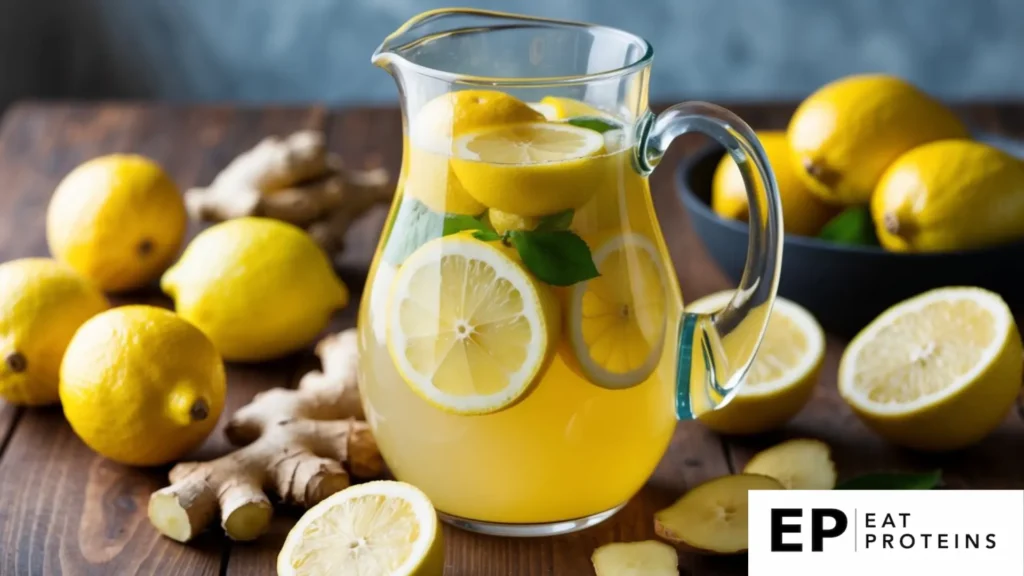
The Lemon-Ginger Detox Drink is a refreshing beverage. It combines the tangy taste of lemon with the spicy kick of ginger. This drink supports hydration and can be part of an alkaline diet.
I find it very easy to make. Here are the simple steps:
- Gather the ingredients: 1 lemon, a small piece of ginger (about 1 inch), and 4 cups of water.
- Slice the lemon in half and squeeze the juice into a pitcher.
- Peel and slice the ginger. Add it to the pitcher with the lemon juice.
- Pour in the 4 cups of water.
- Stir well and let it sit for about 30 minutes.
- Serve over ice or enjoy it warm.
This drink is not just tasty, but it also helps cleanse the body. It’s a great way to start your day or refresh yourself during the afternoon. Enjoying this drink regularly can complement a healthy lifestyle.
6. Cucumber & Mint Salad
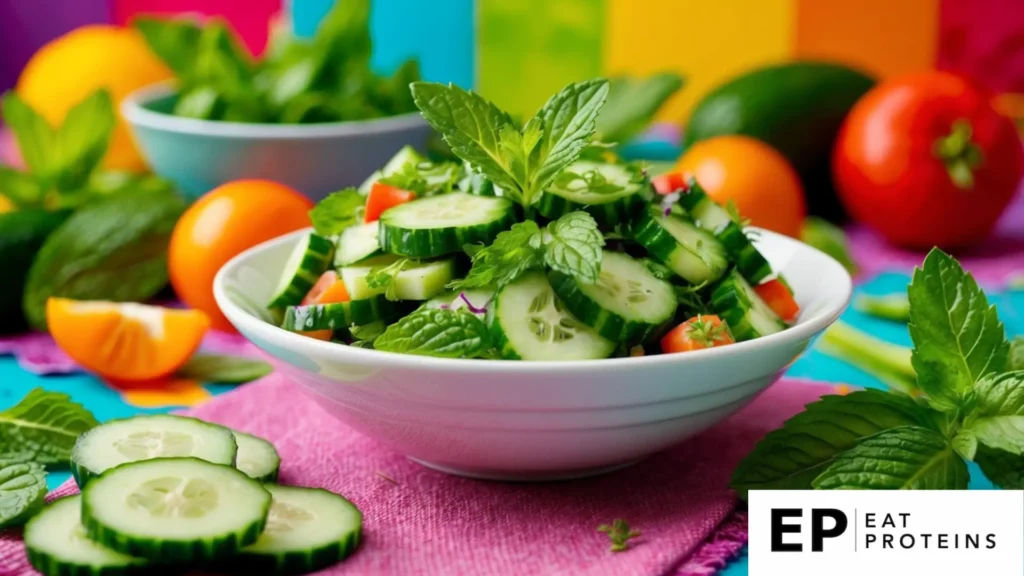
Cucumber and mint salad is a refreshing dish that fits well in the alkaline diet. It offers hydration and nutrients while being very easy to prepare.
To make this salad, I gather simple ingredients: cucumbers, fresh mint, lime juice, and a pinch of salt. The flavors blend well together, making it a delightful side or snack.
Here are the steps I follow:
- Slice two medium cucumbers into thin rounds.
- Chop a handful of fresh mint leaves.
- Combine cucumbers and mint in a large bowl.
- Squeeze the juice of one lime over the salad.
- Sprinkle a small pinch of salt and toss gently.
This salad takes no more than 10 minutes to prepare. It is light, tasty, and vibrant. The cooling cucumber pairs perfectly with the refreshing mint. This dish supports my goal of balancing my diet and enjoying healthful flavors.
7. Baked Sweet Potatoes
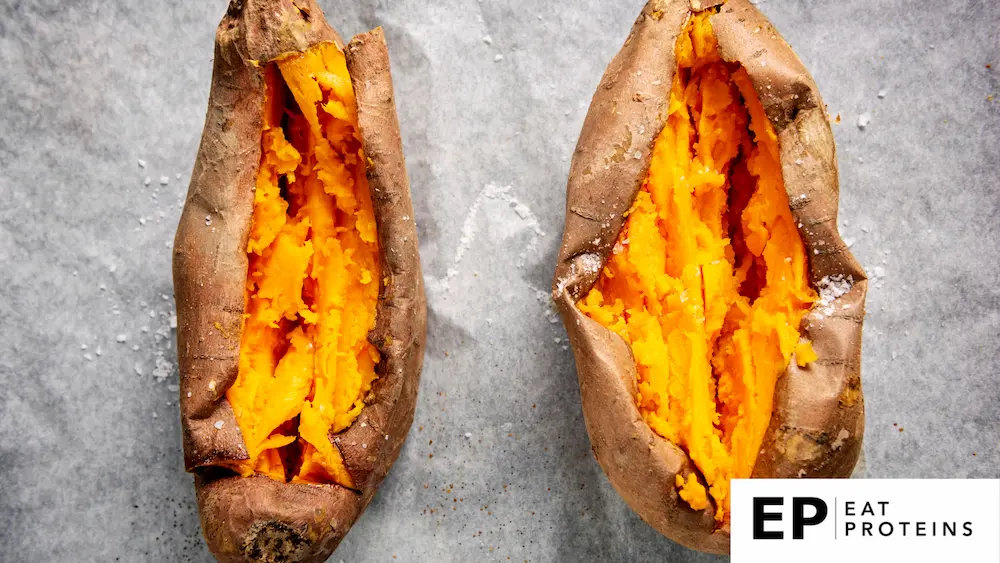
Baked sweet potatoes are a simple and nutritious dish. They are high in fiber and vitamins, making them a great choice for an alkaline diet.
Making baked sweet potatoes is easy. I preheat the oven to 400°F (200°C). I then wash the sweet potatoes well to remove any dirt.
Next, I pierce each sweet potato a few times with a fork. This helps steam escape while they cook. I place them on a baking sheet lined with parchment paper.
I bake them for about 45 minutes to 1 hour until they are soft. To check if they are done, I can insert a fork easily.
Once they are ready, I let them cool for a few minutes before serving. I sometimes add a sprinkle of salt or cinnamon for extra flavor. Baked sweet potatoes are tasty and versatile, perfect for any meal.
8. Spinach & Pine Nut Stir-fry
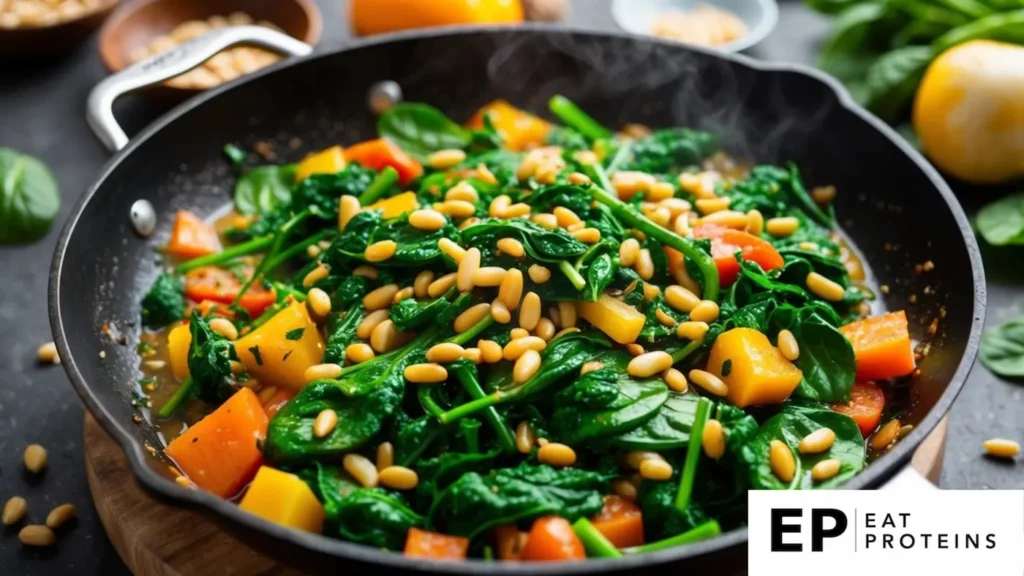
Spinach and pine nut stir-fry is a nutritious and delicious dish. It’s rich in vitamins and healthy fats. This recipe is simple and quick, perfect for busy days.
To make this stir-fry, I need just a few ingredients. I use fresh spinach, pine nuts, garlic, and olive oil. This dish is both flavorful and satisfying.
Here are the steps to prepare it:
- Heat olive oil in a large skillet over medium heat.
- Add minced garlic and sauté for about 1 minute until fragrant.
- Stir in washed spinach and cook for 2-3 minutes until the leaves wilt.
- Toss in pine nuts and cook for another 1-2 minutes until they are lightly toasted.
- Season with salt and pepper to taste before serving.
This stir-fry is ready in about 10 minutes. It’s a great side dish or can be served as a light main meal. Enjoying this recipe supports a healthy alkaline diet while providing a boost of flavor.
9. Cucumber Gazpacho
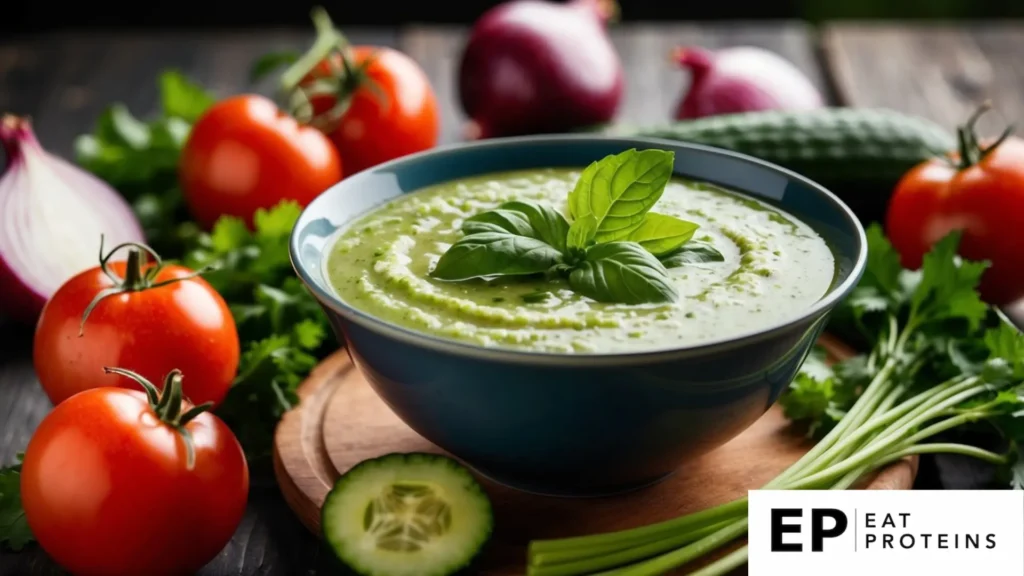
Cucumber Gazpacho is a refreshing cold soup that fits perfectly into an alkaline diet. It is light, hydrating, and simple to prepare.
Making this dish is easy. I enjoy it because it requires minimal cooking. The main ingredients are cucumbers, tomatoes, bell peppers, and herbs.
To prepare, I follow these steps:
- Chop the veggies: I use 2 cucumbers, 2 tomatoes, and 1 bell pepper.
- Blend the ingredients: I add the chopped veggies into a blender with 2 cups of vegetable broth.
- Season: I mix in salt, pepper, and a splash of lemon juice to taste.
- Chill: I let it sit in the refrigerator for at least an hour before serving.
This gazpacho is perfect for hot days. It’s healthy, light, and brings together the flavors of summer. Plus, it’s a great way to enjoy alkaline foods.
10. Roasted Cauliflower Steaks
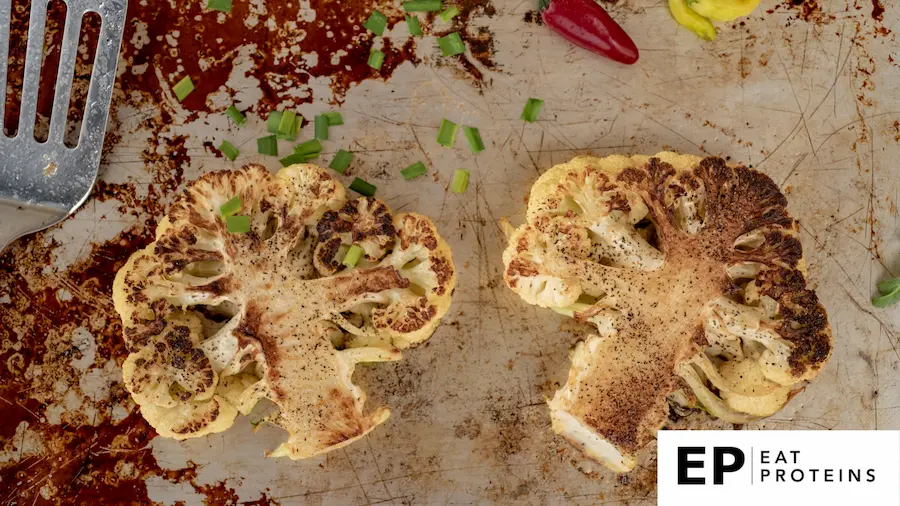
Roasted cauliflower steaks are a delicious and healthy option for an alkaline diet. They are simply thick slices of cauliflower that are seasoned and roasted until tender.
Making roasted cauliflower steaks is easy. I start with a head of cauliflower and slice it into about 1-inch thick steaks. This gives me several nice pieces to work with.
Next, I preheat the oven to 425°F (220°C). I place the cauliflower steaks on a baking sheet lined with parchment paper. To add flavor, I drizzle them with olive oil and sprinkle salt, pepper, and any favorite herbs.
I roast the steaks for about 20-25 minutes. Halfway through, I flip them to ensure even cooking. Once they are golden and tender, I take them out of the oven.
These roasted cauliflower steaks serve as a great side dish or main course. They are versatile and can be paired with various sauces or toppings to enhance their taste. Enjoying this dish fits perfectly into my alkaline meal plan.
What Are the Benefits of an Alkaline Diet?
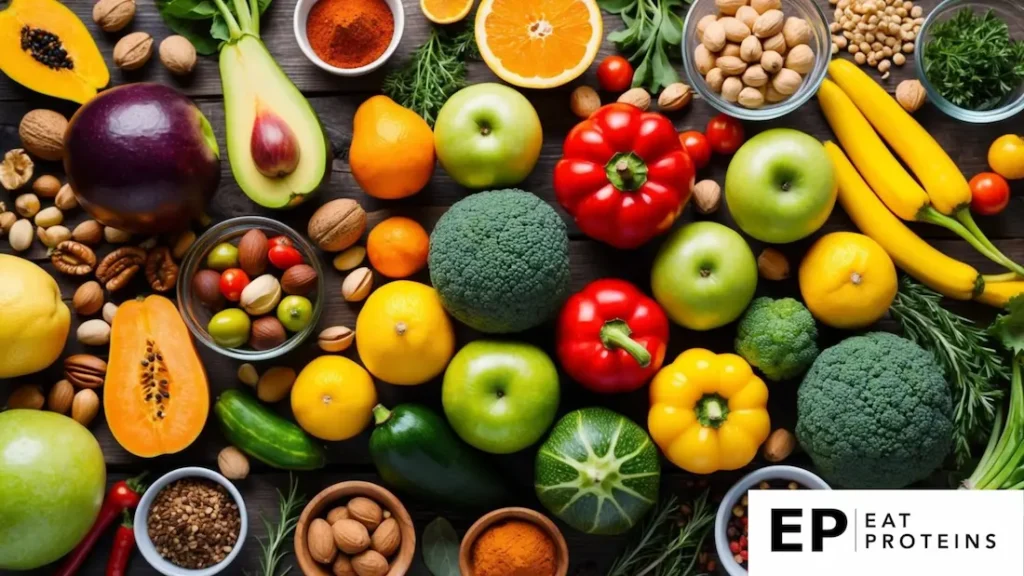
An alkaline diet offers a variety of advantages that can improve overall health. I find that focusing on specific dietary choices can lead to noticeable benefits in digestion, energy, and immune function.
How Can an Alkaline Diet Improve Digestion?
An alkaline diet emphasizes fruits and vegetables, which are high in fiber. Fiber is essential for healthy digestion as it helps move food through the digestive tract. Foods like leafy greens, nuts, and seeds aid in reducing bloating and discomfort.
In addition, a more alkaline environment in the body can promote better nutrient absorption. When the body is not overly acidic, it may digest food more efficiently. This improvement can lead to a decrease in common digestive issues like acid reflux and heartburn.
How Does an Alkaline Diet Boost Energy Levels?
I have noticed that eating alkaline foods can enhance energy levels. Whole foods such as fruits, vegetables, and legumes provide essential vitamins and minerals that support energy production. Items like bananas and quinoa are great for maintaining steady energy throughout the day.
Additionally, reducing the intake of processed foods can result in fewer energy crashes. An alkaline diet minimizes sugar and processed carbohydrates, leading to steadier blood sugar levels. This balance helps prevent lethargy and can make me feel more active and alert.
How Does an Alkaline Diet Enhance Immune Function?
Eating an alkaline diet can also positively impact my immune system. Foods high in antioxidants, like berries and broccoli, help protect the body from oxidative stress. This is important for maintaining a strong immune response.
Moreover, a diet rich in alkaline foods can reduce inflammation. Chronic inflammation can weaken the immune system. By choosing tomatoes, garlic, and green tea, I support my body’s natural defenses, making it easier to fend off illnesses and stay healthy.
What Are the Key Ingredients for Alkaline Recipes?
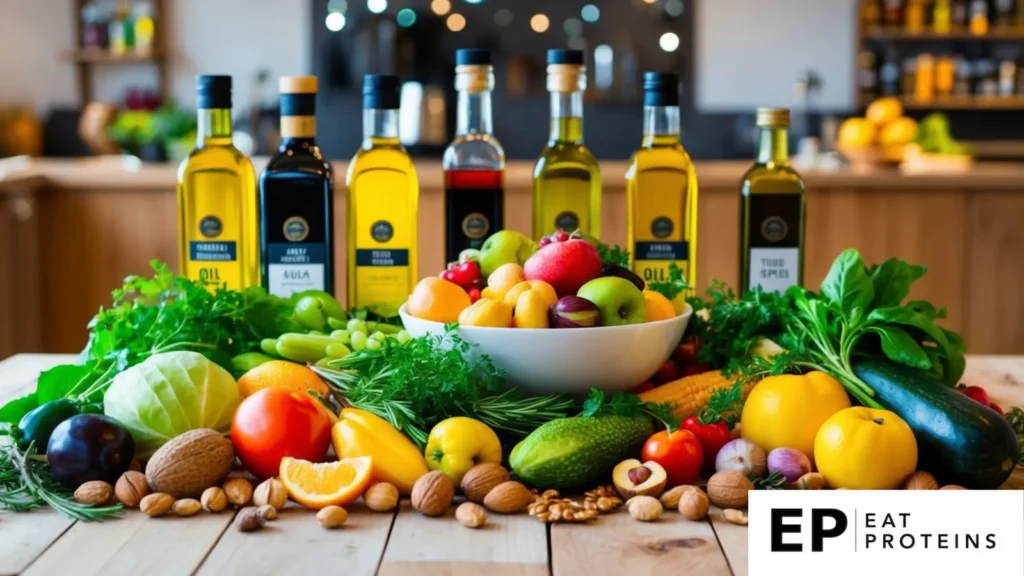
In alkaline recipes, certain ingredients stand out for their health benefits and ability to support a balanced diet. I will focus on three key categories: leafy greens, nuts and seeds, and fruits and vegetables. These ingredients can make meals nutritious and delicious.
What Role Do Leafy Greens Play in an Alkaline Diet?
Leafy greens are vital for an alkaline diet. They are high in vitamins, minerals, and antioxidants. Popular choices include spinach, kale, and Swiss chard.
- Spinach: Rich in iron and calcium, it adds a mild flavor to salads or smoothies.
- Kale: Contains vitamins A, C, and K, making it a powerhouse for health.
- Swiss Chard: Provides magnesium, which helps with muscle function.
Eating a variety of leafy greens ensures I get a wide range of nutrients. I often incorporate them into my meals by adding them to salads, soups, and stir-fries.
How Do Nuts and Seeds Fit into an Alkaline Diet?
Nuts and seeds are excellent sources of healthy fats and protein. They help keep me full and satisfied.
- Almonds: High in vitamin E and magnesium, they make a great snack or topping for dishes.
- Chia Seeds: Packed with fiber and omega-3 fatty acids, they can be added to smoothies or puddings.
- Pumpkin Seeds: Rich in zinc, they are perfect for salads or as a crunchy snack.
Including a mix of nuts and seeds not only boosts nutrition but also adds a satisfying crunch to meals. I often add them to my breakfast or use them in baking.
Which Fruits and Vegetables Are Important in an Alkaline Diet?
Fruits and vegetables are foundational to an alkaline diet. They provide essential vitamins, minerals, and water content.
- Avocado: High in healthy fats and potassium; it’s great in salads or on toast.
- Cucumbers: Low in calories and hydrating, they offer a refreshing crunch.
- Berries: Blueberries, strawberries, and raspberries are rich in antioxidants and fiber.
Eating a variety of colorful fruits and vegetables helps me stay energized. I love to mix them in smoothies, salads, or even as snacks throughout the day.
